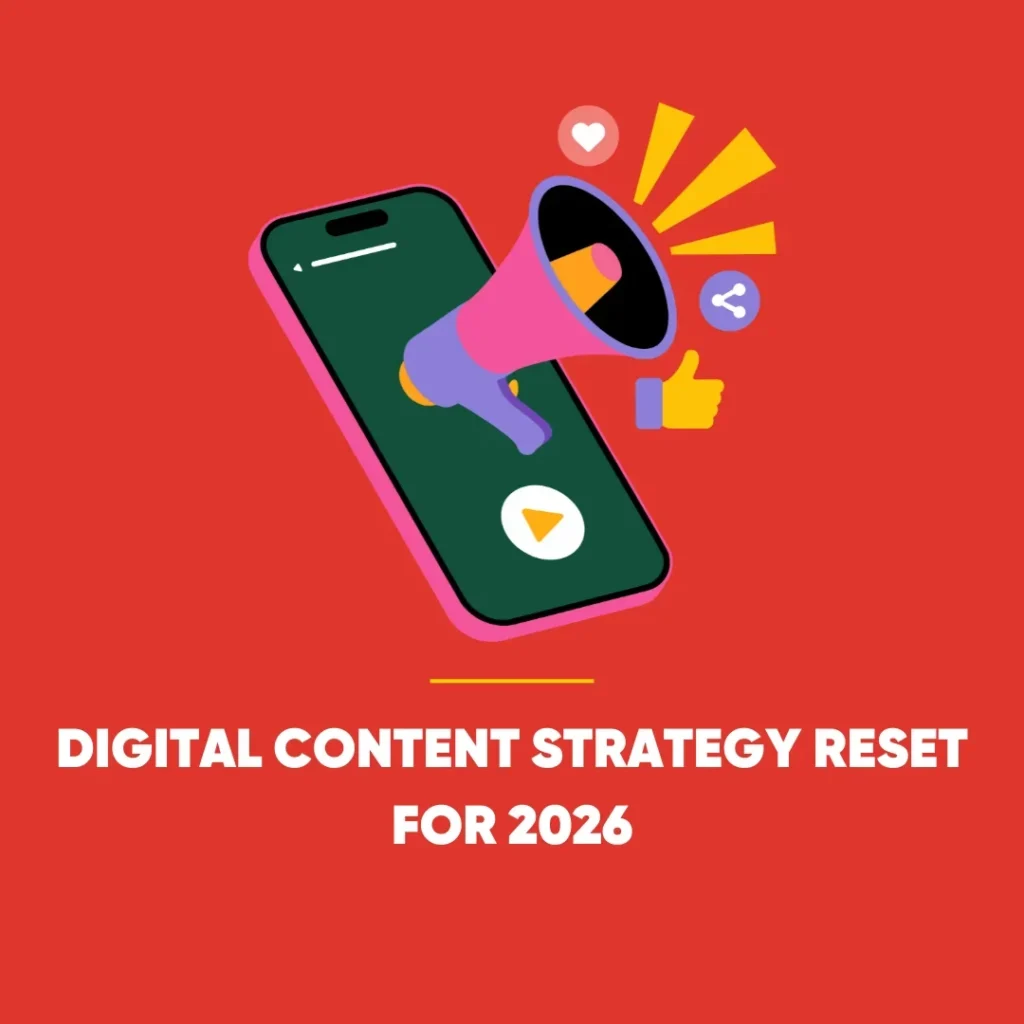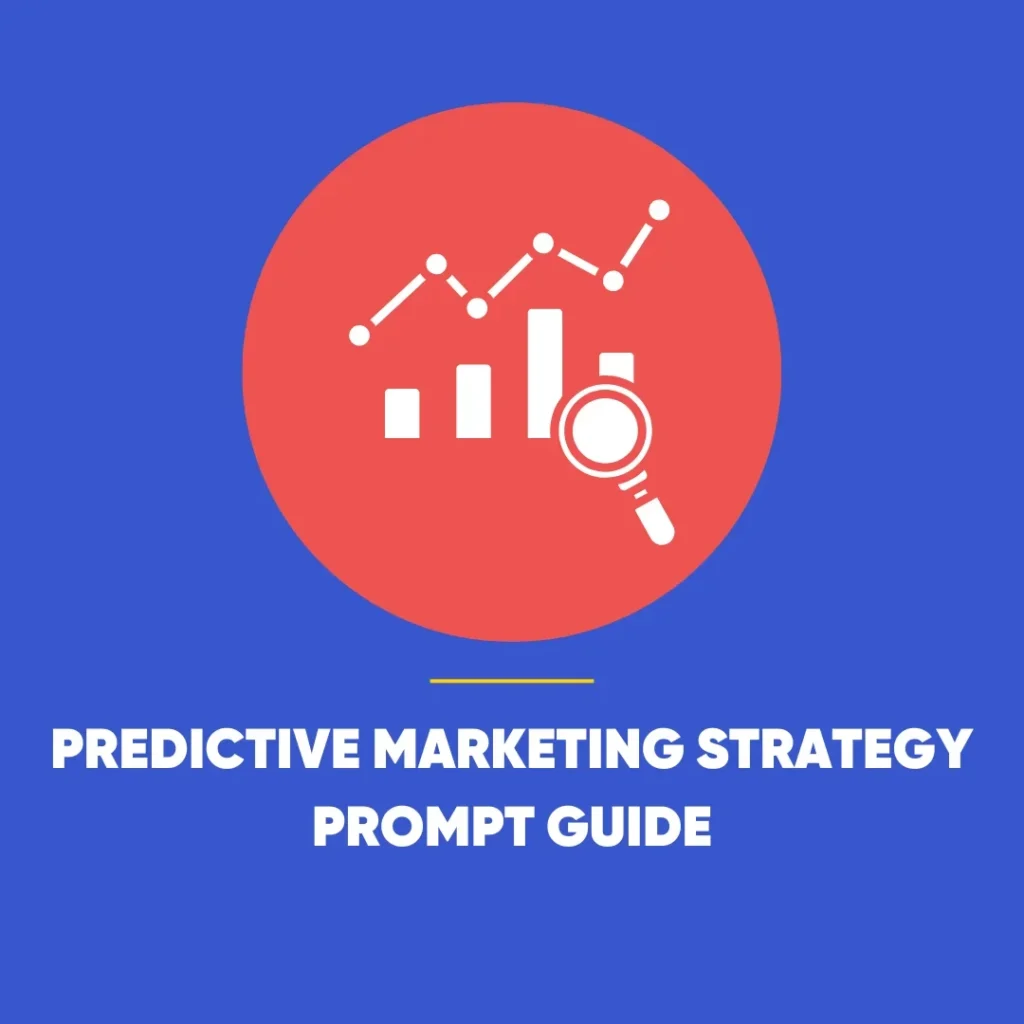Concise Content Marketing: Mastering Brevity in Content Marketing
In the age of information overload, concise content marketing is essential for capturing and retaining attention. As content marketers, delivering impactful messages efficiently is key to standing out. With the rise of AI-generated content, concise writing is more important than ever, as it helps cut through the noise and deliver value swiftly. This article will explore the art of brevity, offering practical tips for crafting clear, concise content that resonates with readers.
Why Concise Content Matters in Today’s Digital Landscape
Creating concise content is about achieving an economy of words—cutting out what isn’t essential to focus on the core message. Moreover, this approach respects the reader’s time and ensures that, content remains engaging and impactful. Therefore, here are the key reasons why concise writing matters in content marketing.
The Attention Economy
In what many refer to as the “attention economy,” human attention has become a scarce resource. The average attention span has dropped to just 8.25 seconds, down from 12 seconds in 2000. With readers quickly scrolling through content, each word must serve a purpose. Concise writing helps capture attention quickly, making it more likely that readers will engage with the message.
Enhanced Understanding
Concise content focuses on delivering the essence of a message without unnecessary embellishments. This makes it easier for readers to grasp complex ideas quickly. By stripping away redundant phrases, writers can make their message accessible to a broader audience, ensuring that the content remains easy to understand.
Mobile Accessibility
More than half of global web traffic now comes from mobile devices, making readability on small screens a critical factor in concise content marketing. Shorter paragraphs, bullet points, and direct messaging are easier to read on mobile, enhancing user experience and keeping readers engaged. Concise content adapts well to these needs, ensuring a smooth experience regardless of the platform.
SEO Advantages
Concise writing also has SEO benefits. Search engines and AI-powered features, like AI overviews, value content that is clear, direct, and easy to scan. Well-structured content, such as bulleted lists and clear headings, often ranks higher and is more likely to be featured in search engine results. This can significantly boost a page’s visibility and drive more organic traffic.
Key Areas for Content Brevity
To master concise writing, it’s crucial to know where to focus your efforts. Here are some key areas where brevity can significantly improve content effectiveness:
Headlines and Titles
A headline is often the first impression a piece of content makes. A concise, clear headline can determine whether a reader clicks on an article or scrolls past it. Aim for headlines that communicate the main value of the content directly, ensuring that potential readers immediately understand what to expect.
Social Media Posts
Social media thrives on brevity, highlighting the importance of concise content marketing. Character limits and short attention spans demand that each post delivers its message quickly. Focus on conveying one key idea or call-to-action per post, and use simple language that resonates immediately.
Email Subject Lines
Email subject lines can make or break open rates. A concise subject line quickly grabs attention and encourages recipients to open the email. Aim to communicate the primary benefit or message of the email within a few words.
Meta Descriptions
Meta descriptions need to be short, typically under 155 characters, while still summarising the value of concise content marketing. These descriptions help search engines and users understand what a page is about. A well-crafted, concise meta description can improve click-through rates and boost SEO performance.
Calls-to-Action (CTAs)
CTAs should be direct and unambiguous, guiding readers to the next step with minimal wording. Whether it’s encouraging readers to subscribe, download, or contact, the value of the action should be clear from the start. Effective CTAs avoid complex phrases, focusing instead on simplicity and clarity.
Practical Tips for Writing Concisely
Creating concise content is an art that requires practice and intention. Here are some proven techniques to help you refine your writing for clarity:
1. Define a Clear Goal
To begin, start each piece of content with a specific goal in mind. First, identify the main message you want to convey, and ensure every paragraph and sentence serves that purpose. Consequently, by focusing on a single idea, it becomes easier to cut out extraneous information and maintain a strong direction throughout the content.
2. Embrace Active Voice
Active voice makes sentences clearer and more direct. It helps reduce wordiness and delivers information quickly. For example:
- Active: “The marketer launched the campaign.”
- Passive: “The campaign was launched by the marketer.” Active voice makes content more engaging and ensures that each word contributes to the overall message.
3. Eliminate Redundancies
Many phrases can be trimmed down without losing meaning. For example, words like “absolutely necessary” can often be simplified to just “necessary.” Additionally, look for ways to tighten up your language by removing repetitive or filler phrases, as these can distract from the main points.
4. Use Simple Language
Clear content doesn’t require complex vocabulary. Instead, opt for straightforward words that convey your message without requiring extra effort from the reader. As a result, this approach ensures that your content is accessible to a wider audience and helps retain readers’ interest.
5. Utilise Bullet Points and Lists
Bulleted lists make content easy to scan and absorb. They are especially effective for presenting multiple ideas or steps. For example:
- Define a clear objective before writing.
- Use simple and direct language.
- Break content into shorter paragraphs.
These lists can be more effective than lengthy paragraphs for conveying information quickly.
6. Focus on Editing
Writing concisely often starts with drafting freely and then editing rigorously, which is essential for concise content marketing. After drafting your content, review each section and ask, “Is this necessary?” Focus on cutting out any parts that don’t directly support your main message. All in all, this approach can help you eliminate wordy sections and sharpen your focus.
7. Leverage White Space
Large blocks of text can overwhelm readers. Use shorter paragraphs, subheadings, and visual elements to create more white space. This makes content easier to scan and keeps readers engaged, especially on mobile devices.
8. Offer Clear Examples
Where possible, use specific examples to illustrate your points instead of lengthy explanations. Examples can often convey complex ideas in a way that is easy to understand, making them ideal for concise content.
9. Use Readability Tools
There are many online tools available to help improve readability. Tools like the Hemingway App can highlight overly complex sentences and suggest simpler alternatives. Even AI-based tools can provide insights into how you might make your content more concise, though it’s always important to review suggestions manually to ensure quality.
Implementing Concise Content Strategies
Many successful content creators have adopted strategies to respect readers’ time while delivering high-quality insights. Here’s a look at a few techniques that can help streamline content:
Key Takeaways
Including a key takeaways section at the beginning of an article helps readers quickly understand the main points of concise content marketing. This caters to those who prefer to scan content before diving into details, offering a summary that can save time while maintaining the option to explore further.
Interactive Tables of Contents
Providing clickable links to different sections of a longer article allows readers to jump directly to the parts that interest them most. This feature is particularly useful for lengthy pieces, enabling readers to focus on what they find most valuable without feeling overwhelmed by a wall of text.
Incorporating Visual Content
Visuals like infographics and charts can replace lengthy explanations, providing information in a format that is quick to understand. By integrating images and diagrams, writers can reduce the need for extensive text, enhancing both engagement and comprehension.
Refreshing and Condensing Older Content
Regularly revisiting and updating older content can help ensure it remains relevant and concise. Focus on reducing fluff and ensuring that each piece provides value as quickly as possible. Shortening content can also boost its performance in search engines, as streamlined articles often deliver better user experiences.
Balancing Brevity with Depth
While concise content marketing is crucial, it’s important to remember that brevity doesn’t mean sacrificing depth. Striking a balance between being concise and providing enough detail to fully explore a topic is key. Here’s how to maintain this balance:
Offer Value Immediately
Capture attention by addressing the main point of your content early. Readers appreciate when they can see the value of an article without having to dig through long introductions. Begin with a clear statement of what the content will cover, then delve into more details as needed.
Create a Logical Flow
Even when writing concisely, content should maintain a natural flow that guides readers from one point to the next. Use subheadings to break down the content and ensure each section smoothly transitions into the next. This structure makes it easier for readers to follow along, even with brief text.
Use Examples to Add Depth
Including specific examples can provide the necessary depth while keeping explanations brief. Examples can help clarify concepts, allowing you to explore complex ideas without lengthy descriptions. This keeps the content engaging and informative.
Conclusion: Mastering the Art of Concise Content
In conclusion, in the fast-paced digital world, mastering concise content is a crucial skill for marketers. It allows them to respect the reader’s time, improve engagement, and boost their SEO performance. By focusing on essential messages and eliminating unnecessary words, content creators can craft content that resonates with today’s audiences.
The goal of concise content marketing is not to simplify content to the point of losing meaning, but to communicate with clarity and purpose. With the right strategies, marketers can create impactful content that holds the reader’s attention and delivers valuable insights, even in a world where time is always in short supply.









